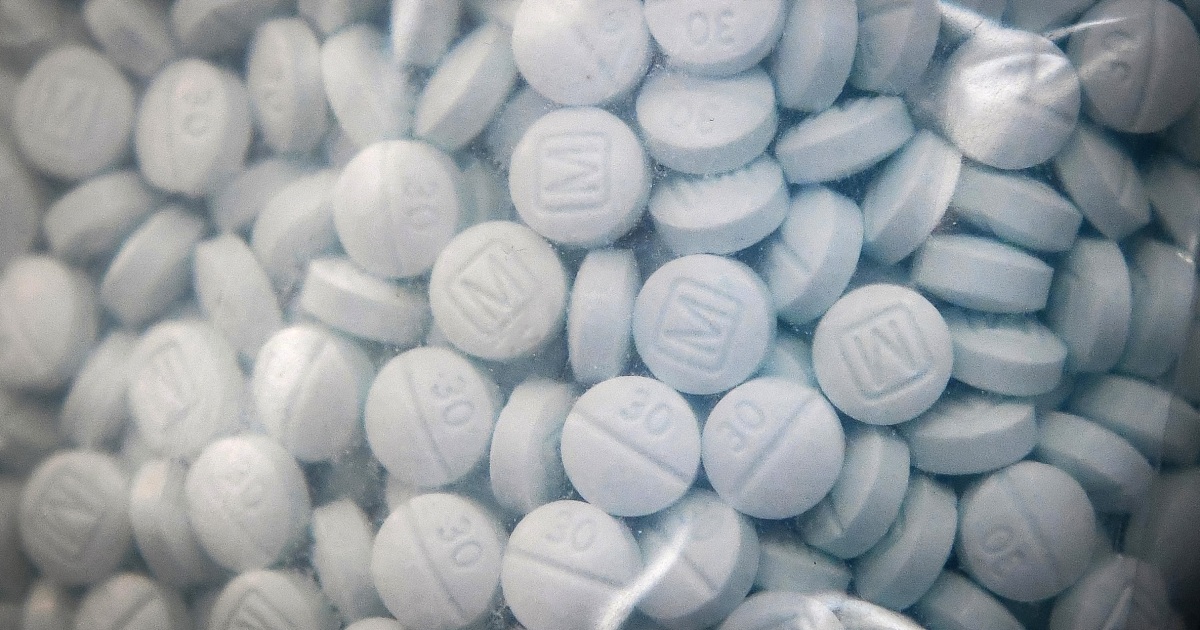
WASHINGTON — The White House on Thursday asked Congress for nearly $800 million in additional funding to fight drug addiction and overdoses, which killed more than 100,000 people in the U.S. last year, according to provisional data from the Centers for Disease Control and Prevention.
The request comes during a “critical inflection point,” Dr. Rahul Gupta, director of the White House Office of National Drug Control Policy, said in an interview. He said that after years of increases in overdose deaths, the trend is starting to flatten out.
“Just like a large ship, you have to slow it down, stop and then turn it around,” Gupta said. “And that’s exactly what we’re seeing in real-time.”
He said an American dies every five minutes from overdoses, “so the urgency could never be more important at this point in time.”
The funding request, which was detailed first to NBC News, is part of the larger funding appeal from the director of the Office of Management and Budget, Shalanda Young.
On Thursday, Young sent a letter to House Speaker Kevin McCarthy requesting supplemental funding for Ukraine assistance, disaster recovery and border management.
In the letter, Young said that the requested resources to manage the Southwest border include efforts to reduce the “influx” of drugs like fentanyl across the border.
“We are operating within a fundamentally broken immigration system — everyone agrees on that point — but only the Congress has the power to update our immigration and asylum laws, and we continue to stand ready to work with Congress on solutions,” she said.
The new drug prevention-related funding aims to help the Department of Health and Human Services, Department of Justice and Department of Homeland Security reduce the amount of fentanyl entering the U.S. and expand access to addiction care.
Of the approximately $800 million, $350 million would go to HHS for prevention, support and recovery services, $50 million of which would be transferred to the Indian Health Service. $323 million would go to DHS to fund fentanyl detection at ports of entry and counter drug trafficking.
Gupta said he is “absolutely optimistic” that Congress will grant the funding.
“This is a bipartisan issue, and this is exactly why the President has made this one of the four pillars of his unity agenda because he’s aware and he knows that this is an issue that no one individual, agency or state can solve for themselves,” he said. “This is going to take an all hands on deck approach.”
The number of drug overdose deaths reached about 105,000 in the U.S. in 2022, relatively similar to the previous year, according to provisional data from the CDC. Of those, the CDC predicted there were more than 82,000 opioid-involved overdose deaths in the U.S.
A 2022 CDC report found that the rate of fatal drug overdoses rose by 30% from 2019 to 2020, with most of the deaths due to fentanyl.
Xylazine, an animal tranquilizer, is on the rise in fentanyl products. The monthly percentage of deaths from fentanyl with xylazine spiked from 2.9% in January 2019 to 10.9% in June 2022 for 20 states and D.C., according to a CDC study.
Last month, the White House released a national response plan for handling the drug combination. That followed April’s announcement that the director of the White House office of National Drug Control Policy was designating the drug combination as an emerging threat.
President Joe Biden included addressing drug overdoses as part of what the administration has dubbed his “unity agenda.” The agenda outlines four areas for bipartisan cooperation: addressing drug overdoses, prioritizing mental health, fighting cancer and supporting veterans.
Source: | This article originally belongs to Nbcnews.com










